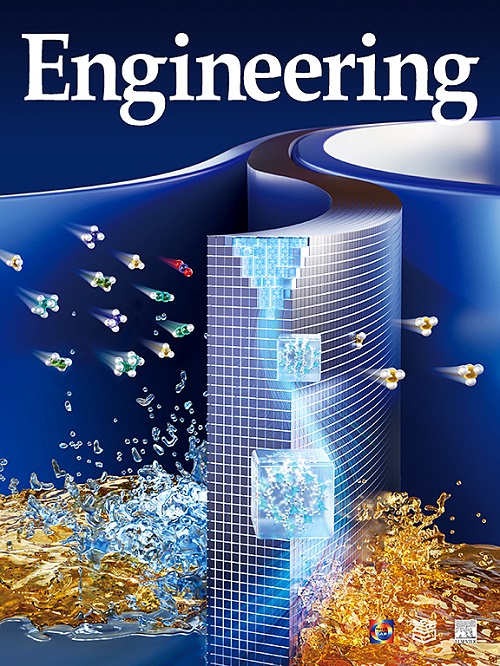Experimental Study on Ammonia Co-Firing with Coal for Carbon Reduction in the Boiler of a 300-MW Coal-Fired Power Station
Abstract
To reduce CO2 emissions from coal-fired power plants, the development of low-carbon or carbon-free fuel combustion technologies has become urgent. As a new zero-carbon fuel, ammonia (NH3) can be used to address the storage and transportation issues of hydrogen energy. Since it is not feasible to completely replace coal with ammonia in the short term, the development of ammonia–coal co-combustion technology at the current stage is a fast and feasible approach to reduce CO2 emissions from coal-fired power plants. This study focuses on modifying the boiler and installing two layers of eight pure-ammonia burners in a 300-MW coal-fired power plant to achieve ammonia–coal co-combustion at proportions ranging from 20% to 10% (by heat ratio) at loads of 180- to 300-MW, respectively. The results show that, during ammonia–coal co-combustion in a 300-MW coal-fired power plant, there was a more significant change in NOx emissions at the furnace outlet compared with that under pure-coal combustion as the boiler oxygen levels varied. Moreover, ammonia burners located in the middle part of the main combustion zone exhibited a better high-temperature reduction performance than those located in the upper part of the main combustion zone. Under all ammonia co-combustion conditions, the NH3 concentration at the furnace outlet remained below 1 parts per million (ppm). Compared with that under pure-coal conditions, the thermal efficiency of the boiler slightly decreased (by 0.12%–0.38%) under different loads when ammonia co-combustion reached 15 t·h−1. Ammonia co-combustion in coal-fired power plants is a potentially feasible technology route for carbon reduction.

 求助内容:
求助内容: 应助结果提醒方式:
应助结果提醒方式:


